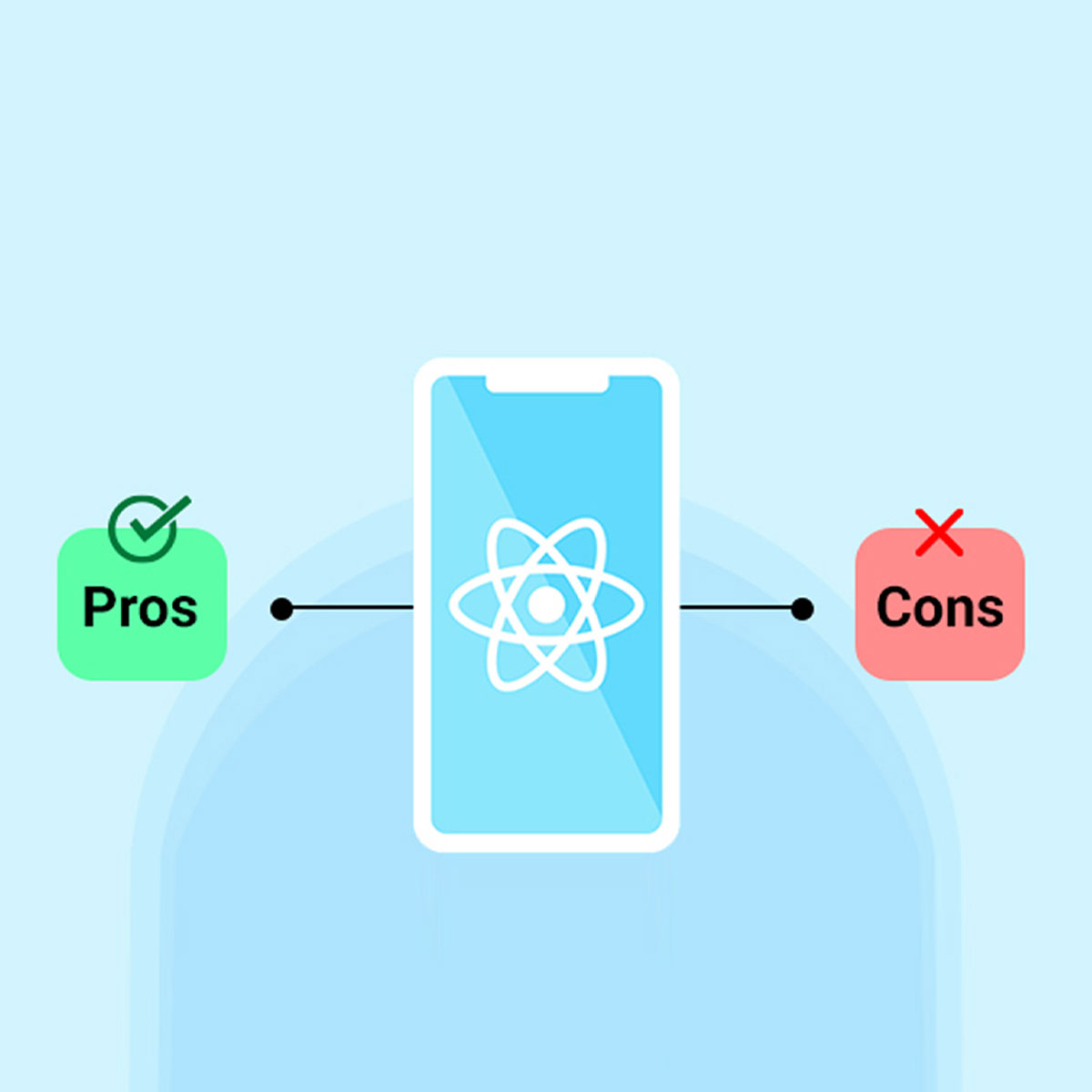In today’s developing digital landscape, businesses are meaningfully moving towards advancement to bring cost-effective solutions and have a maximum target reach across multiple platforms. In this evolution, cross-app platform development has become the popular choice, offering to build mobile applications effortlessly that are adaptive to every device while charging a minimum cost and development time.
React Native is an advancement in technology that leaves traditional development behind and corresponds to modern needs and requirements in numerous ways. It changes the way users perceive the idea of development and brings improvement in performance, flexibility in building apps, and the possibility to enhance the outlook by making customization through an agnostic platform.
Development of React Native Application
React Native is popularly known as a cross-platform mobile development framework coded in JavaScript. This framework was introduced in 2013. Later, development tested the first release of the framework in January 2015, and since then, it has become the star of development and has been constantly evolving to provide practitioners and users with an outstanding experience in building functional mobile applications.
However, despite its outstanding functionality, which mesmerizes developers with its effortless development, there are a bunch of haters who still won’t prefer to use this platform in their development era.
In this blog, we unravel the pros and the complexity attached to the framework that becomes an obstacle for the developer while opting for an easier way to build an app and look for the best practices you can indulge in to have limited cross-app development.

Pros of Using React Native for Cross-Platform Development
Below are the pros that React Native cross-platform offers to its users.

Code Reusability
One of the imperative advantages of using React Native is its ability to write code once and use it across multiple platforms. Developers can write code once and deploy it on their iOS and Android devices to give the same look and feel of development.
Native Performance
Despite using JavaScript, React Native for developing apps performs almost identically to native apps. This can be done using native components and APIs, ensuring React Native apps deliver smooth and responsive user experiences.
Hot Reloading
Cross-platform development with React Native has unforgettable hot reloading functionality, allowing developers to instantly notice real-time changes without restarting the application. This dynamic feature improves productivity as developers can instantly iterate, experiment, and change the app’s user interface and functionality.
Large Community
React Native has an extensive and enthusiastic developer community, so plenty of support and resources are available online. If you are stuck on development issues, the community will assist you in finding a solution quickly. This instant support from the community makes it popular for finding quick solutions to errors.
Cons of Using React Native for Cross-Platform Development
Despite its pros that enthusiast users develop their app through React Native, it has also cons that become hindrance during the development phase.
Limited Access to Native APIs
While React Native provides access to many native APIs, some APIs are not yet supported by React Native, which can limit the functionality of specific applications. This can be crucial for developers when developing the app, and some APIs need to be in their capacity, which may delay development.
Learning Curve
While React Native is based on React, developers still need to learn the nuances of mobile development, which can be a steep learning curve for some. Developers must give time and resources to upskill their proficiency with React Native and fully harness its capacities.
Performance Constraints
React Native offers good performance but may not be as fast as native development, especially for applications with complex animations or heavy processing requirements. However, you are advised to specify the performance before opting for the React Native cross-platform for your development.
Dependency on Facebook
React Native is developed and maintained by Facebook; therefore, developers are more likely to depend on Facebook’s support and updates while opting for cross-platform development.
Best Practice of Using React Native Cross-Platform App

Keep Components Simple
The best way to use React Native cross-development is by breaking down your UI into small, reusable components to keep your code clean and maintainable.
Optimize Images and Assets
Performance and responsiveness are two main factors to consider while optimizing any app. It’s better to use optimized images and assets to reduce the size of your application and enhance performance.
Use Native Components
It’s advisable to use native components to improve performance and access native functionalities where possible.
Test on Real Devices
Testing is a crucial factor for ensuring the smooth development of an app. Always test your application on real devices to guarantee compatibility and performance.
Conclusion
At CentoSquare, our experts believe React Native offers the smoothest way to develop cross-platform apps. Connect with us for robust and efficient development and experience cross-platform app development to reach your target audience.

